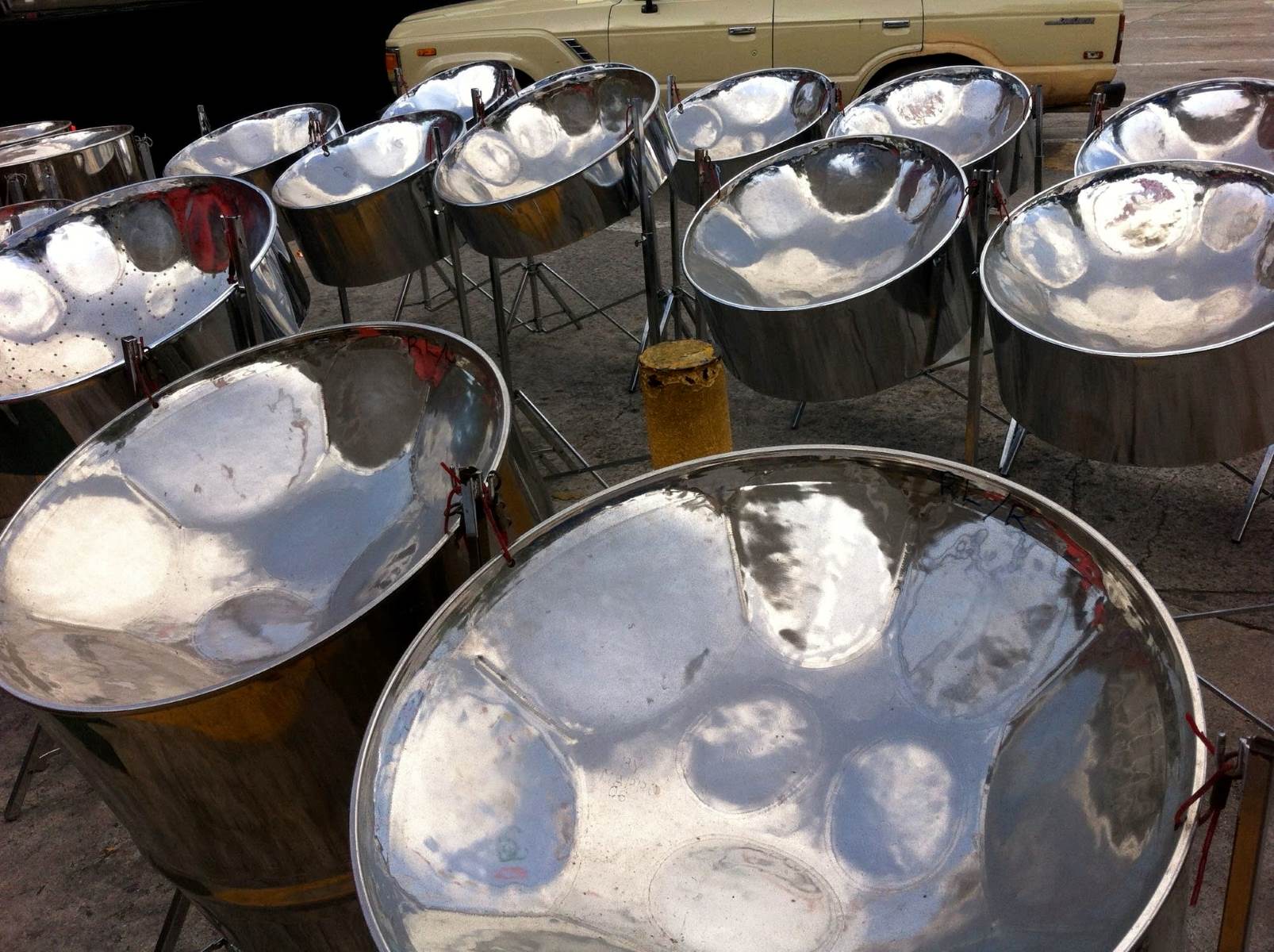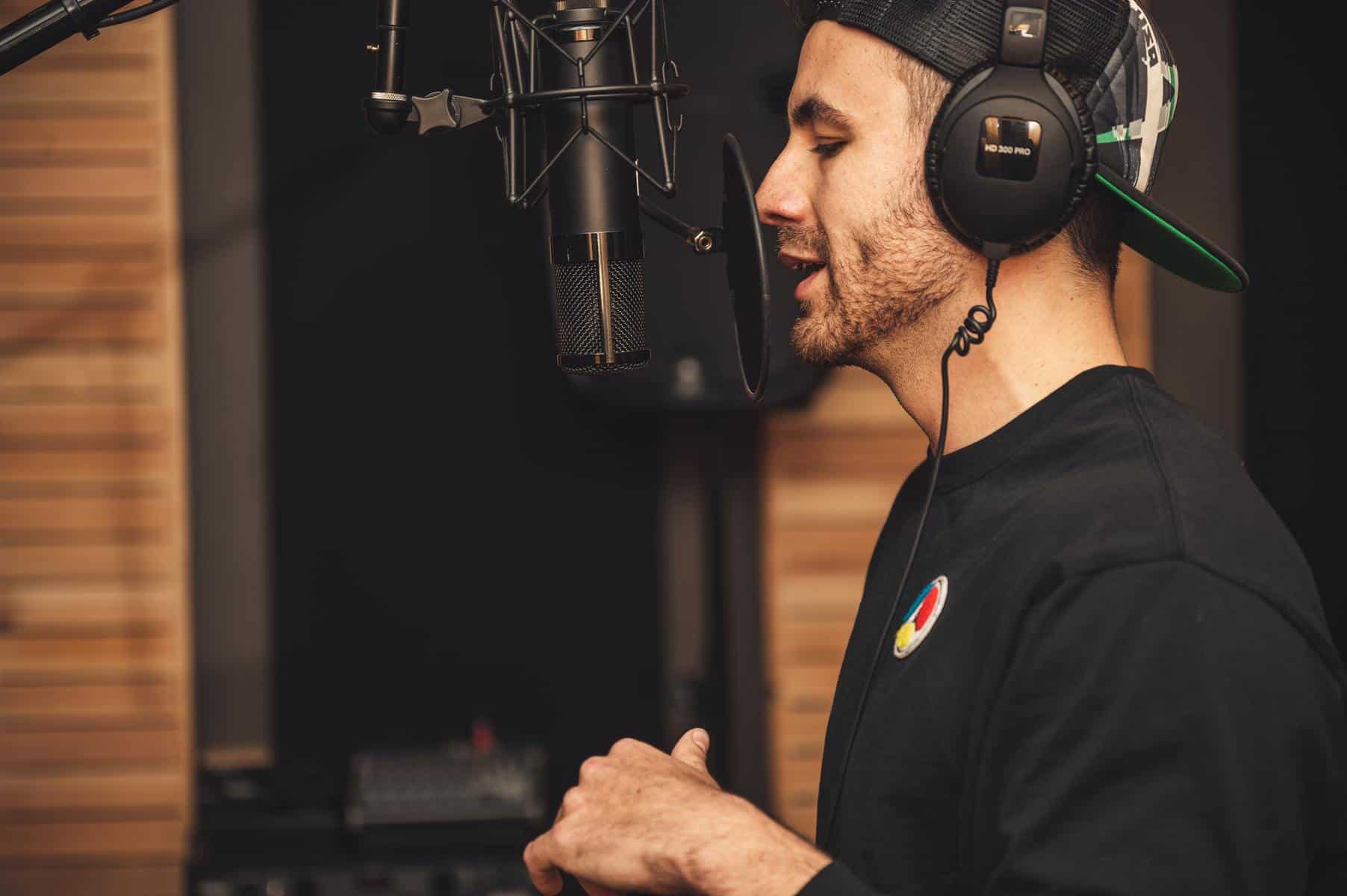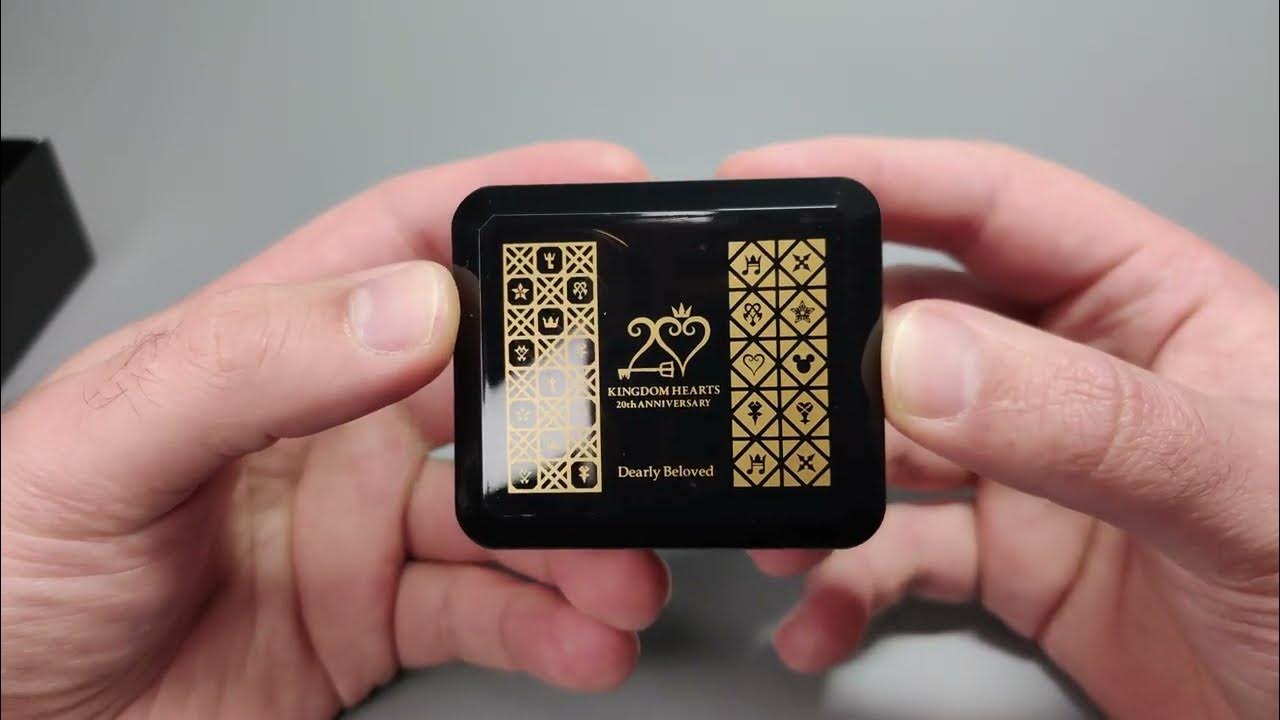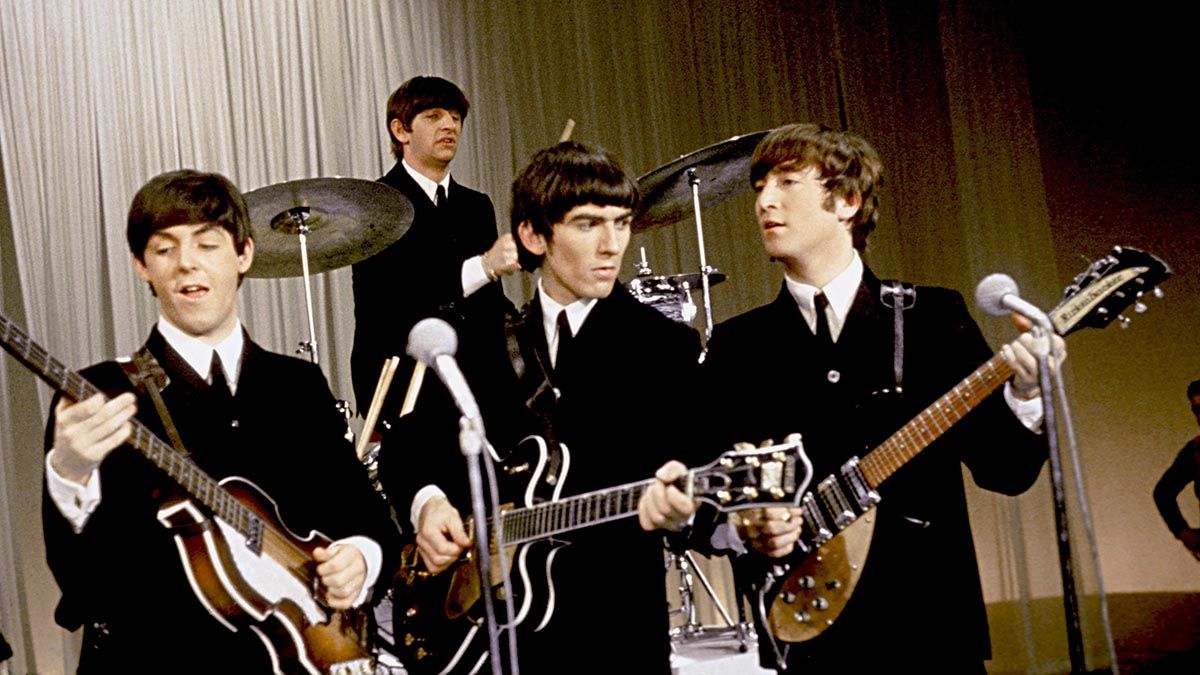Home>Events & Info>Acapella>Where And When Did Acapella Music Originate
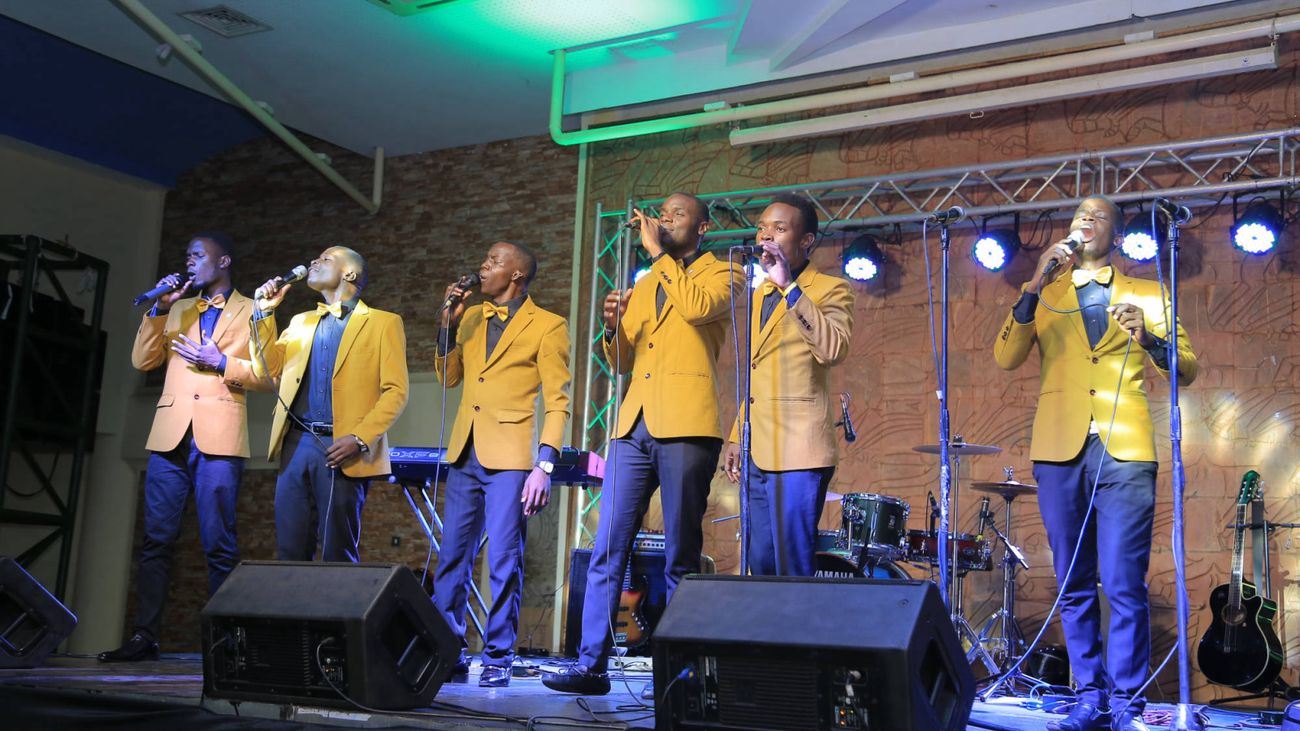

Acapella
Where And When Did Acapella Music Originate
Published: January 4, 2024
Discover the rich history of acapella music and learn about its origins. Find out where and when this captivating vocal style first emerged.
(Many of the links in this article redirect to a specific reviewed product. Your purchase of these products through affiliate links helps to generate commission for AudioLover.com, at no extra cost. Learn more)
Table of Contents
Introduction
Acapella music, with its captivating harmonies and rhythmic intricacies, has been captivating audiences for centuries. The pure, unaccompanied vocal sound, without the use of instrumental accompaniment, creates a unique sonic experience that is both mesmerizing and emotionally resonant.
But where did this rich tradition of acapella music originate? To uncover the roots of this art form, we must delve into its historical context and explore its early beginnings.
Acapella music has deep religious and cultural origins, with its roots dating back to ancient times. It has been practiced in various regions of the world, with diverse communities harnessing the power of the human voice to express their spiritual beliefs, cultural identities, and social connections.
In this article, we will explore the origins of acapella music, its religious and African roots, the early forms it took, its development and spread over time, and how it has evolved in modern times.
Join us on this journey as we unravel the fascinating history of acapella music and discover the enduring appeal of the human voice.
Origins of Acapella Music
The origins of acapella music can be traced back to ancient religious practices and cultural traditions. The concept of using only the human voice to create music and convey emotions has a long and rich history.
One of the earliest forms of acapella music can be found in religious ceremonies and rituals. In ancient times, priests and religious figures would chant prayers and hymns using their voices as the sole instrument. This practice can be witnessed in various religious traditions, such as Gregorian chants in Christian liturgies and Buddhist chants in Buddhist ceremonies.
Furthermore, acapella music has deep African roots, with vocal traditions playing a significant role in many African cultures. These traditions were brought to different parts of the world through the transatlantic slave trade, influencing the development of acapella music in various regions.
In African communities, songs and chants were a vital part of everyday life. They were used to pass down stories, preserve traditions, communicate with spirits, and bring communities together. These vocal traditions were characterized by intricate harmonies, complex rhythms, and call-and-response patterns, all of which contributed to the evolution of acapella music.
As European colonization spread across the globe, these African vocal traditions encountered the musical practices of other cultures, merging and influencing each other. This cross-pollination of musical styles and techniques helped shape the development of acapella music into the diverse and vibrant art form we know today.
Stay tuned as we delve further into the early forms of acapella music and the ways in which it has evolved and spread over time.
Religious Origins
The roots of acapella music can be traced back to religious practices that date back centuries. In many ancient cultures, vocal music played a central role in religious ceremonies and rituals.
One of the earliest examples of acapella music can be found in the Gregorian chants of the Catholic Church. These chants, also known as plainsong or plainchant, emerged in the early medieval period and were sung without instrumental accompaniment. The evocative melodies and rich harmonies of Gregorian chants created a serene and contemplative atmosphere during worship services.
Similarly, in Eastern Orthodox Christian traditions, acapella singing is an integral part of worship. The Byzantine chant, characterized by its elaborate melodic ornamentations and modal structures, is performed solely with the human voice, allowing the congregation to actively participate in the spiritual experience.
Outside of Christianity, acapella music can also be found in other religious traditions. For example, in Jewish liturgical music, acapella singing is prevalent during synagogue services, particularly in the form of cantillation, where key biblical texts are chanted without instrumental accompaniment. This practice highlights the significance of the spoken word and the power of the human voice in Jewish worship.
Furthermore, vocal music has played a central role in various indigenous religious practices around the world. From Native American chants and songs to Tibetan Buddhist vocal rituals, these traditions emphasize the spiritual connection that can be forged through the pure expression of the human voice.
The religious origins of acapella music demonstrate the profound impact that vocal music can have on the spiritual experience. By removing instrumental accompaniment, acapella music allows for an intimate and personal connection with the divine, fostering a sense of unity and transcendence amongst worshipers.
As we continue our exploration, we will uncover the African roots of acapella music and discover how these diverse influences have shaped its development over time.
African Roots
The African continent has a rich and diverse musical heritage, and it has played a significant role in shaping the origins of acapella music. Vocal music has been deeply woven into the fabric of African cultures for centuries, serving as a means of expression, communication, and connection.
Throughout Africa, communal singing and chanting are essential aspects of daily life. In many traditional African societies, songs and chants accompany various rituals, ceremonies, and social gatherings. These vocal traditions often feature intricate harmonies, polyrhythms, and call-and-response patterns, reflecting the vibrant and diverse African musical landscape.
The influence of African vocal music on the development of acapella goes back to the transatlantic slave trade. When African slaves were forcibly brought to the Americas, they carried with them their musical traditions, including their rich acapella singing styles. These traditions became intertwined with the musical practices of other cultures, notably European and Indigenous American traditions, giving birth to new forms of acapella music.
The blending of African vocal techniques with other musical traditions resulted in unique musical genres, such as spirituals and gospel music. Spirituals emerged during the era of slavery and served as a means of solace, hope, and resistance. These songs were predominantly performed acapella, with haunting melodies and powerful harmonies that conveyed the struggles and aspirations of enslaved Africans.
Gospel music, born out of the African American church experience, also draws heavily from African vocal traditions. Gospel choirs, known for their soul-stirring harmonies, dynamic vocal performances, and passionate delivery, continue to captivate audiences worldwide. The influence of African vocal techniques, such as call-and-response and improvisation, can be heard in the exuberant and expressive nature of gospel music.
Today, the African roots of acapella music are celebrated and honored in various musical styles and cultural traditions. The rhythmic complexity, emotional depth, and communal spirit of African vocal music continue to inspire acapella singers and contribute to the vibrant tapestry of acapella music worldwide.
As we explore further, we will uncover the early forms of acapella music and how it evolved and spread over time.
Early Forms of Acapella
As acapella music developed and evolved from its religious and African roots, various early forms emerged, each with its own unique characteristics and cultural contexts.
One of the earliest forms of acapella music is found in madrigals. Popular during the Renaissance period, madrigals were secular vocal compositions typically performed without instrumental accompaniment. These compositions showcased intricate polyphony, with multiple vocal lines weaving together to create harmonically rich and expressive music.
In the 19th century, barbershop music emerged as a distinct style of acapella singing in the United States. Originating from African American communities, barbershop music is characterized by close harmony singing, four-part vocal arrangements, and a distinctive vocal production technique known as “ringing chords.” This lively and energetic style of acapella singing continues to be enjoyed and performed by barbershop quartets and choruses worldwide.
Another notable early form of acapella music is doo-wop. Popularized in the 1940s and 1950s, doo-wop evolved from African American street corner harmony groups. With its smooth vocal harmonies, finger-snapping rhythms, and catchy melodies, doo-wop became a cultural phenomenon, influencing the development of popular music genres such as rock and roll.
Gospel music also played a significant role in shaping the early forms of acapella. Through its soulful harmonies, powerful vocal performances, and emotional depth, gospel music helped popularize acapella singing within the African American community. The Jubilee Quartet tradition, which emerged in the early 20th century, exemplified the blending of gospel and acapella music, with its tight vocal harmonies and rhythmic precision.
These early forms of acapella music paved the way for its continued development in the 20th and 21st centuries. Today, acapella music encompasses a wide range of genres, from vocal jazz and pop to contemporary acapella, showcasing the versatility and creativity of the art form.
As we delve further into the history of acapella music, we will explore how it developed and spread across different regions and cultures, ultimately shaping the modern acapella landscape.
Development and Spread of Acapella Music
The development and spread of acapella music can be traced through its journey across different regions and cultures. As the art form evolved, it gained popularity and found its place in a wide range of musical genres and communities.
During the early 20th century, the use of recording technology played a crucial role in spreading acapella music to a broader audience. The ability to capture and reproduce vocal performances allowed acapella groups and artists to share their music beyond live performances, reaching listeners around the world. This led to the rise of acapella recordings that showcased the versatility and beauty of the human voice.
As acapella music continued to develop, it found its way into different genres and musical styles. In the realms of jazz and vocal harmony groups, artists like The Mills Brothers and The Ink Spots embraced acapella singing, blending intricate vocal harmonies with improvisation and instrumental imitations. These early pioneers set the stage for the later emergence of vocal jazz and the barbershop quartet style.
With the arrival of the 20th century, acapella music began to flourish in the college and university setting. Collegiate acapella groups gained popularity, with students forming vocal ensembles and arranging popular songs for their performances. This movement was further propelled by the release of the 2000 film “Pitch Perfect,” which brought collegiate acapella into the mainstream and inspired a new generation of acapella singers.
The spread of acapella music also crossed cultural boundaries and found resonance in different parts of the world. In South Africa, the tradition of acapella singing known as isicathamiya developed. This style, characterized by intricate harmonies and a cappella performances, gained international recognition with the success of Ladysmith Black Mambazo, a group that popularized isicathamiya through their collaborations with Paul Simon.
The advent of the internet and social media further expanded the reach of acapella music. Online platforms allowed acapella groups and artists to share their performances and gain exposure to a global audience. This digital landscape led to the rise of contemporary acapella, with groups like Pentatonix achieving mainstream success and showcasing the creative possibilities of acapella music through their innovative arrangements and vocal performances.
Today, acapella music continues to evolve and thrive, bridging genres and cultures while captivating listeners with its raw, unaccompanied vocal sound. Its development and spread across time and space highlight the universal appeal of the human voice and its ability to create powerful and emotive musical experiences.
Acapella in Modern Times
Acapella music has experienced a resurgence in popularity in modern times, gaining mainstream recognition and captivating audiences across the globe. With its ability to create intricate harmonies, showcase vocal prowess, and reimagine popular songs, acapella has found its place in contemporary music.
One of the key developments in modern acapella is the rise of vocal competitions and shows. Television shows like “The Sing-Off” and “Pitch Battle” have provided platforms for acapella groups to showcase their talents and compete for the top prize. These shows have brought acapella into the mainstream spotlight, fostering a new wave of interest in the genre.
Contemporary acapella groups, such as Pentatonix, have achieved unprecedented success. With their innovative arrangements, beatboxing skills, and tight vocal harmonies, they have amassed a large following and garnered numerous accolades, including Grammy Awards. Their popularity has helped to redefine the perception of acapella music and showcase its potential for creativity and originality.
Furthermore, advancements in technology have revolutionized the way acapella music is created and shared. Digital audio software and recording tools have allowed acapella groups to produce studio-quality recordings without the need for extensive equipment. Online platforms like YouTube and social media have provided avenues for singers to showcase their acapella skills and gain recognition, regardless of their geographical location.
In addition to pop music, acapella has also found its way into other genres. Acapella jazz groups, like The Manhattan Transfer, continue to captivate audiences with their intricate vocal improvisations and virtuosic performances. Acapella arrangements of classical and choral music have also gained popularity, showcasing the versatility of the human voice in interpreting traditional compositions.
Furthermore, acapella has become a popular choice in the world of advertising and media. Brands and advertisers have recognized the unique and captivating nature of acapella music, using it to create memorable and engaging commercials. Acapella covers of popular songs have become a trend on social media platforms, where singers put their own creative spin on well-known hits.
In the realm of education, acapella has become a prominent part of school and college music programs. Acapella groups are formed, allowing students to develop their vocal skills, learn the art of harmonization, and perform in various events and competitions. This resurgence of acapella in educational settings ensures that the tradition continues to be passed down to future generations.
As we embrace modern technology and new creative possibilities, acapella music continues to evolve and redefine itself in the 21st century. With its power to inspire and unite through the strength of the human voice, acapella remains a beloved and timeless art form.
Conclusion
The history of acapella music is a testament to the enduring power and beauty of the human voice. From its religious origins to its African roots, acapella has evolved and spread across cultures and genres, captivating audiences throughout history.
With its pure, unaccompanied vocal sound, acapella music has been a source of spiritual connection, cultural expression, and artistic innovation. It has provided a platform for communities to come together, share stories, and convey emotions in a way that transcends language barriers.
Throughout the centuries, acapella music has taken various forms, from Gregorian chants and African vocal traditions to the emergence of barbershop, doo-wop, and gospel music. Each of these early forms has contributed to the rich tapestry of acapella, shaping its development and influencing its contemporary iterations.
In modern times, acapella has experienced a renaissance, propelled by vocal competitions, digital technology, and the creativity of artists. Contemporary acapella groups like Pentatonix have brought the genre to the forefront, showcasing its potential for innovation, blending genres, and reimagining popular songs.
While acapella music has found a place in the mainstream, it continues to be celebrated in diverse musical communities, including jazz, classical, and choral genres. Its versatility and ability to evoke emotions and create unique sonic experiences have made it a cherished tradition in schools, churches, and performance venues around the world.
As we look to the future, acapella music will undoubtedly continue to evolve and adapt to the ever-changing musical landscape. Advancements in technology, the exploration of new vocal techniques, and the blending of cultural influences will shape the next chapter of acapella’s legacy.
Whether through the traditional harmonies of ancient chants, the infectious rhythms of barbershop quartets, or the bold arrangements of contemporary acapella groups, one thing remains clear: acapella music has the ability to touch hearts, transcend boundaries, and remind us of the extraordinary power of the human voice.
So let us continue to celebrate and embrace the magic of acapella, ensuring that this timeless art form continues to inspire and resonate with audiences for generations to come.

